All Environment
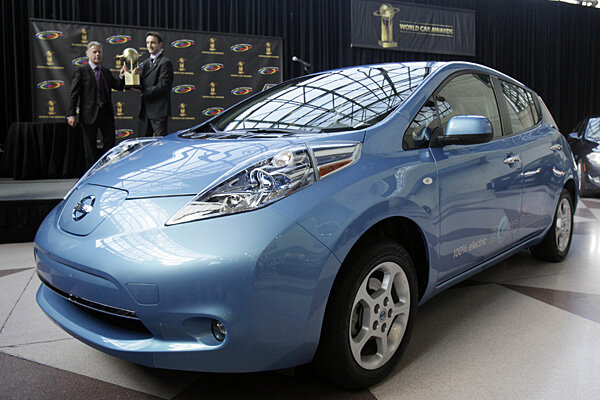 Suddenly, it's a three-car race for electric-powered dominance
Suddenly, it's a three-car race for electric-powered dominanceTesla joins Nissan Leaf and Chevy Volt in the race for electric car sales. After a record-breaking March for the Nissan Leaf, sales of electric cars dipped in April.
 What determines energy abundance? Flow.
What determines energy abundance? Flow.Energy abundance depends entirely on the rate of the flow of oil, gas and other resources, Cobb writes. It is not, as many suggest, dependent on supposed, but often unverified, fossil fuel reserves in the ground.
 Verizon to invest $100 million in clean energy
Verizon to invest $100 million in clean energyVerizon Communications will spend $100 million to green up its facilities with solar panels and fuel cells, Alic writes, putting it in the big leagues with clean energy followers like Google and Yahoo.
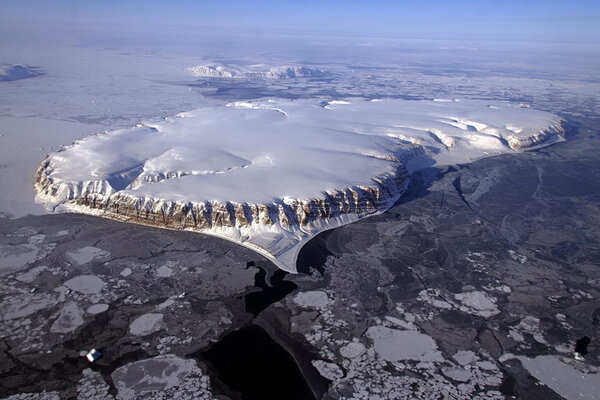 With Arctic sea ice vulnerable, summer melt season begins briskly
With Arctic sea ice vulnerable, summer melt season begins brisklyThe Arctic saw a record loss of summer sea ice in 2012, and the 2013 melt is off to a faster start than a year ago. Another record is uncertain, but warming has sapped the ice's staying power.
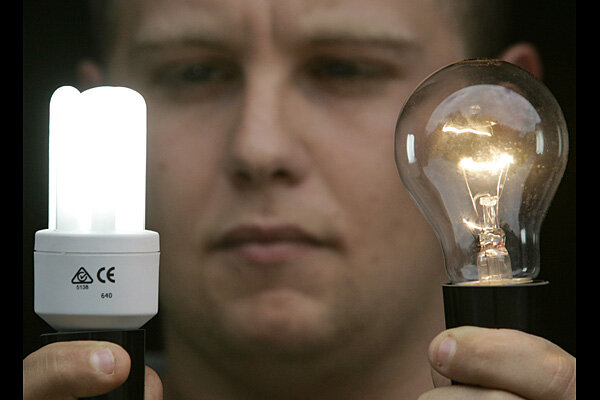 Light bulbs and the pitfalls of 'green' marketing
Light bulbs and the pitfalls of 'green' marketingA recent study on the effect of 'green' marketing on light bulb purchases underscores the role ideology plays in energy efficiency. To sell more energy efficient products, companies should rethink eco-advertising.
 China: World's largest polluter also leads clean-energy push
China: World's largest polluter also leads clean-energy pushChina remains the world’s largest polluting nation while leading the fight against climate change, according to a new study. China has made such efforts to reduce its emissions, and reduce growth in electricity demand, that it is far ahead of any targets it set itself, Kennedy writes.
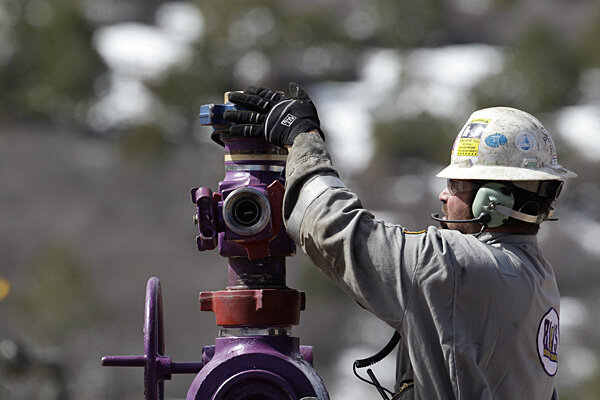 US oil and gas workers see pay fall. Sign of trouble for energy?
US oil and gas workers see pay fall. Sign of trouble for energy?Average compensation for oil and gas professionals in the US fell 4 percent last year, according to a new study. The decline in pay coincides with a slowdown in the energy's industry's growth, but the industry may simply be catching its breath.
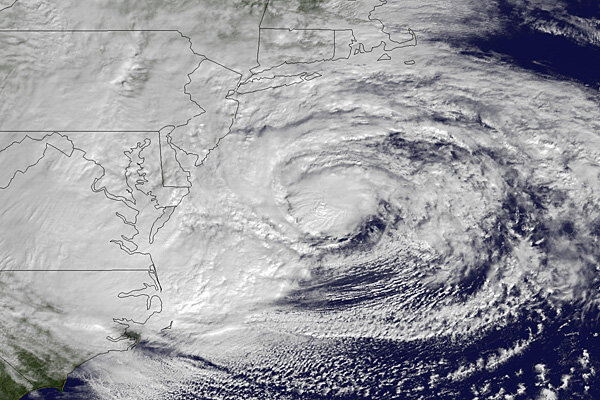 Hurricane Sandy released billions of gallons of sewage
Hurricane Sandy released billions of gallons of sewageHurricane Sandy released 11 billion gallons of sewage from East Coast treatment plants into bodies of water from Washington, D.C., to Connecticut. The sewage released by Hurricane Sandy spilled into surrounding waters and even some city streets.
 Hurricane Sandy released billions of gallons of sewage
Hurricane Sandy released billions of gallons of sewageHurricane Sandy released 11 billion gallons of sewage from East Coast treatment plants into bodies of water from Washington, D.C., to Connecticut. The sewage released by Hurricane Sandy spilled into surrounding waters and even some city streets.
 Prague blast: How big a threat are natural gas explosions?
Prague blast: How big a threat are natural gas explosions?An explosion in Prague follows by a day a blast in France, both thought to linked to natural gas. Big natural gas blasts like the one in Prague are rare in the US, but more could be done to avoid them, experts say.
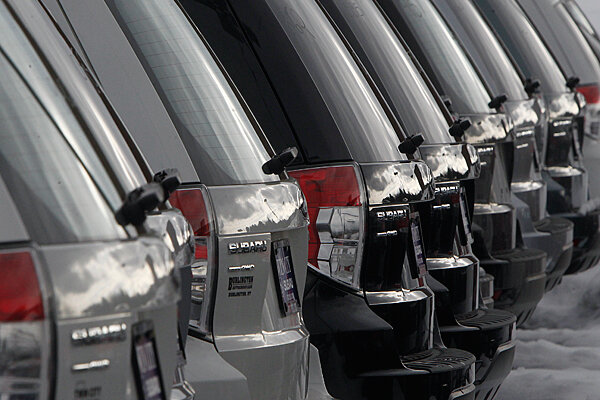 Better fuel economy matters to more US consumers, survey finds
Better fuel economy matters to more US consumers, survey findsUS consumers appear to be latching onto the drive for fuel economy, with almost 3 in 5 saying it will be a 'very important' factor in the next vehicle they buy, a survey shows.
 Sally Jewell: How 'green' is the new Interior secretary?
Sally Jewell: How 'green' is the new Interior secretary?Sally Jewell's first moves as secretary of the US Interior Department show so far that she's embracing her dual legacy as an environmental steward with rare ties to the oil industry, Graeber writes.
- Want a solar home? Consider batteries.
Most solar homes are still dependent on the grid, so when the grid fails, they lose power. But that's beginning to change as the solar industry begins to focus on battery storage as the next 'green' frontier.
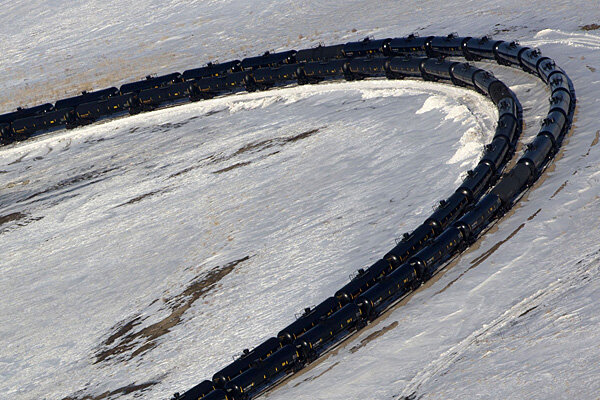 Oil by train runs out of track
Oil by train runs out of trackShipping oil by rail used to be the answer to tight pipeline capacity and cheap Canadian crude, Schaeffer writes, but the question now is: Has that train left the station?
 Fuel barge explosions underscore risks of fuel transportation
Fuel barge explosions underscore risks of fuel transportationAlabama's fuel barge explosions were nothing more than an unfortunate accident, reports suggest. But the fuel barge explosions serve as a reminder that the distribution of often volatile energy resources comes with certain risks.
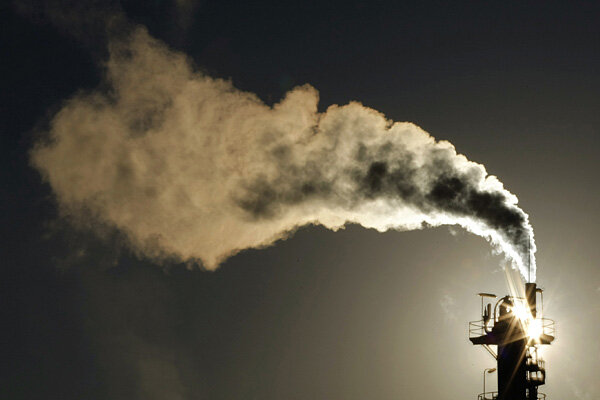 Would a carbon tax boost clean energy?
Would a carbon tax boost clean energy?The carbon tax can be a useful tool for nudging near-competitive low-carbon technologies into the market and spurring modest carbon cuts, Stepp writes, but it’s at best a complementary climate policy. That changes if we use a carbon tax as a revenue-raiser to support additional policies aimed at making clean energy cost and performance competitive with fossil fuels.
 Hope for US-China collaboration on climate change, clean energy
Hope for US-China collaboration on climate change, clean energyChina and the United States are the largest emitters of greenhouse gases in the world, Holland writes. A recent agreement between the two countries bodes well for promoting clean energy and addressing climate change globally.
- Pressure mounting on US to export natural gas
As US gas supplies grow, companies are eager to export natural gas. Should US let the market operate or continue preserving natural gas for domestic use only?
 Green flights? NASA explores biofuel use in planes.
Green flights? NASA explores biofuel use in planes.Commercial jets could fly safely with a blend of jet fuel that includes a plant oil, NASA researchers said Thursday. NASA is one of several government agencies examining the use of renewable biofuels to reduce dependency on foreign oil while reducing carbon emissions.
 Green flights? NASA explores biofuel use in planes.
Green flights? NASA explores biofuel use in planes.Commercial jets could fly safely with a blend of jet fuel that includes a plant oil, NASA researchers said Thursday. NASA is one of several government agencies examining the use of renewable biofuels to reduce dependency on foreign oil while reducing carbon emissions.



















